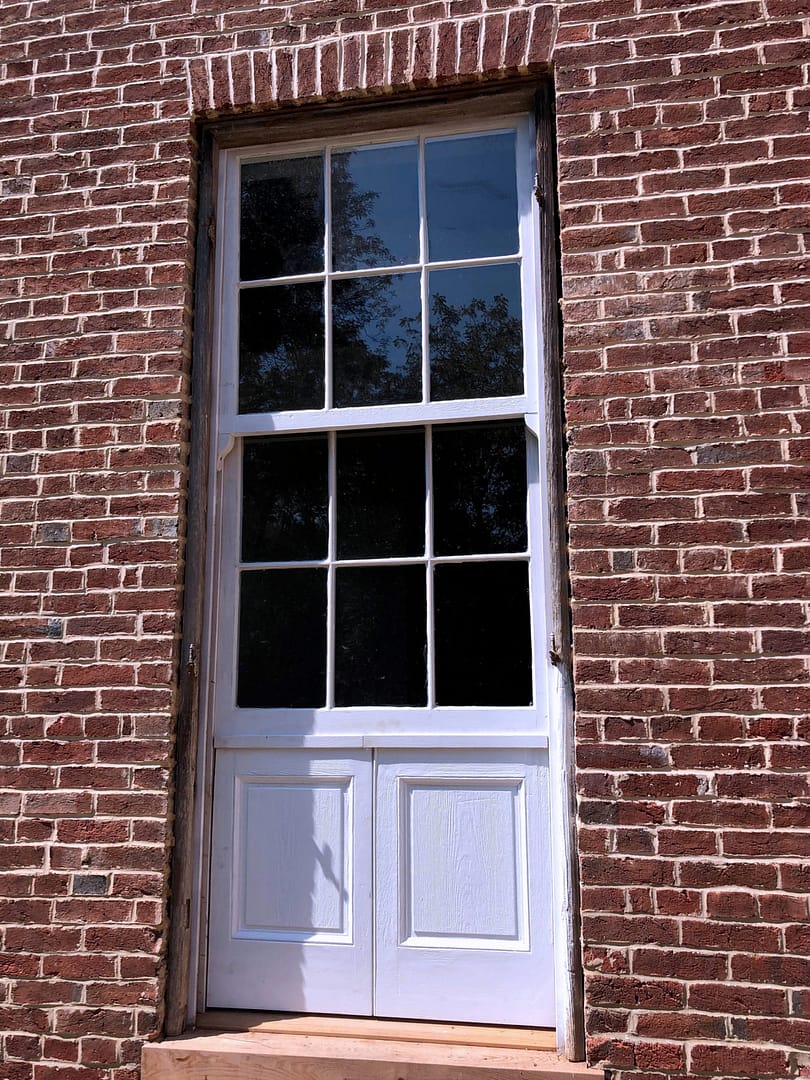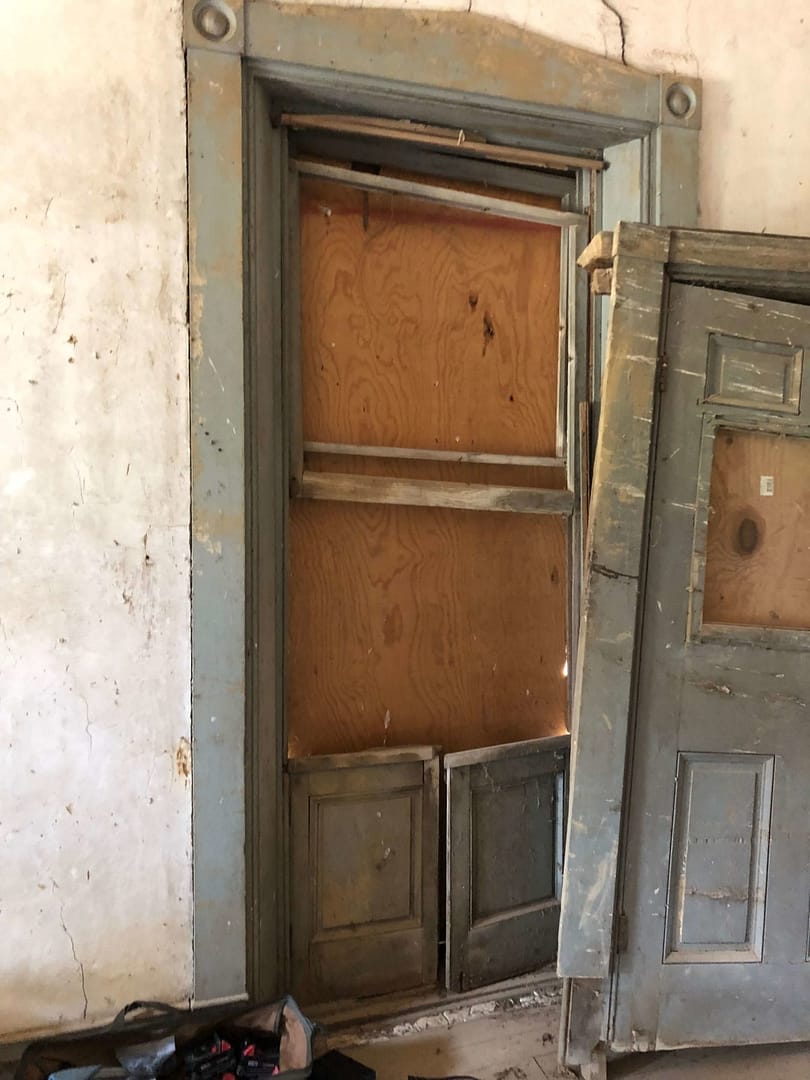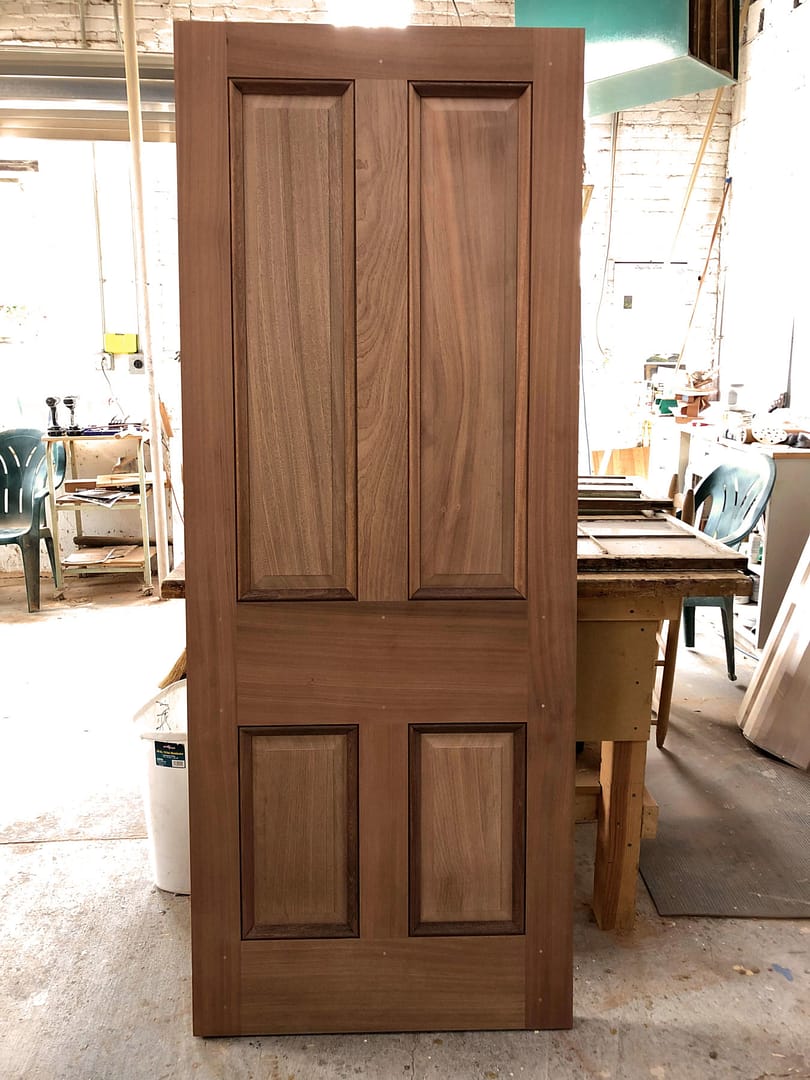Recently, we did a door and window restoration at an 1830s federal brick house in Charles Town, WV. We restored the front door, which included sidelights and transom. The work was phenomenal — it included original hinges which were labeled ‘Baldwin Patent’. The screws were handmade. Overall, the condition of the door was terrific, considering its age. The best part was that it had not been altered significantly. (Click here to visit the blog page for this restoration job.)






I decided to use these molding profiles and details from the 1830s house as inspiration for our current millwork job.
We are now building the millwork for a late 1700s cottage in Upperville, VA. Because none of the woodwork is extant, we have no references. I don’t want to create history, but do want to put back authentically detailed woodwork.


The interesting thing about doing restoration work of this age is that the maker, while using some ‘standards’, always seems to leave a very personal mark on the work. Since this millwork was built without electric tools, the hand tool marks, the numbering, and the methods always teach us. We expect to find doors made using various techniques from that period, but the maker has a way and method, and creates his own mixture of these expected techniques. There is always more to learn.
Pictured is the new sapele mahogany door, which we will paint for the 1700’s cottage.

Our Statement of Quality
If you select Vintage Building, you’ll get craftsmen unmatched for the superior result we are able to provide.
Meticulous and steadfast, we are unwavering in quality.
Our Specialties
Class A General Contractor
Historic Restoration
Historic Preservation
New Construction
Home Renovation
Millwork-Custom & Replica
Custom Cabinetry
Get in Touch
600 North Loudoun St.
Winchester, VA 22601
540-545-8880

Recent Comments